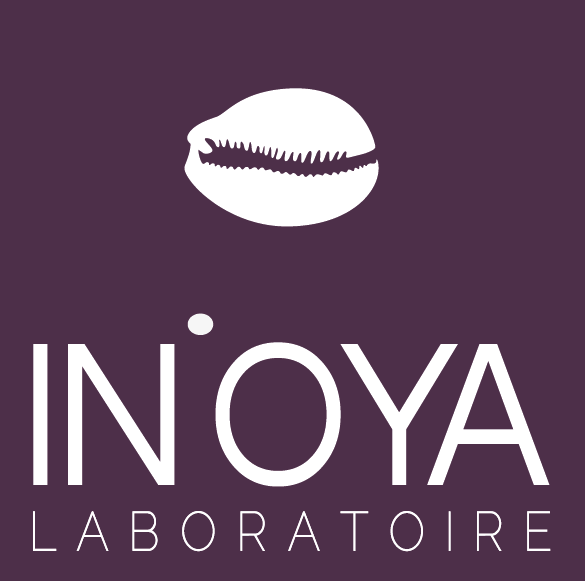Customer Service
Our Contacts:
From monday to friday, 10am to 6pm.
+33 (0)4 42 90 72 28
contact@inoya-laboratoire.com
Laboratoire IN'OYA 128 Rue de la Boétie, 75008 Paris FRANCE
Delivery:
Free delivery all orders of 50 euros or more of eligible items across any product category qualify
Payments:
Credit Card: Visa, MasterCard, Paypal, Maestro, American Express, Check and Bank Transfer
Return Policy:
You can return any item purchased within 16 days of the delivery date
Help & FAQ
Find quick answers to your questions. Our mission is to support you with transparency and care throughout your beauty journey. Click here to access our FAQ.
548 articles
-
Heat Rash: Why Does It Appear and How Can You Prevent It?
Published : 2025-07-11 | Categories : Pathologies & Targeted CareAll about heat rash: causes, prevention and tips to keep skin healthy and even-toned, even in summer.
-
Hormonal Acne: Effective Treatment for Black, Brown and Mixed Skin
Published : 2025-07-08 | Categories : Pathologies & Targeted CareHormonal acne affects Black, brown, and mixed skin with unique needs. Learn how to prevent breakouts, dark spots, and scarring with a targeted, skin-friendly approach.
-
Why choose a dermatologist specialized in Black skin?
Published : 2025-07-08 | Categories : Understanding Pigmented Skin TypesBlack skin has unique dermatological needs. A dermatologist specialized in Black skin ensures an accurate diagnosis and tailored care for your skin!
-
Understanding the Types of Albinism and Their Dermatological Implications
Published : 2025-06-24 | Categories : DOCT'OYA , Pathologies & Targeted CareWhat are the types of albinism (OCA1, OCA2, HPS) and how do they affect the skin? This complete guide helps you understand their dermatological needs and choose the right skincare.
-
Albino skin: unique dermatological needs still too often overlooked
Published : 2025-06-24 | Categories : Beauty tip , MAG'OYAAlbino skin lacks melanin and needs special care. Explore a complete dermocosmetic routine to hydrate, protect, and strengthen sensitive, depigmented skin from the inside out.
-
Why Melanin-Rich Skin in the Indian Ocean Needs Sun Protection
Published : 2025-06-17 | Categories : DOCT'OYA , Understanding Pigmented Skin TypesEven melanin-rich skin is vulnerable to tropical sun damage: pigmentation spots, premature aging, dehydration. Here's why protection matters—and how to choose the right one.
-
How Does SUN’OYA® DEFENSE Work? The Sun Supplement for Black and Brown Skin
Published : 2025-06-12 | Categories : Active Ingredients, Ingredients to Avoid & Label Reading , DOCT'OYASUN’OYA® DEFENSE supports black and brown skin from within: antioxidants, patented actives, and targeted nutrition to prevent dark spots and reveal a more radiant, even-toned glow.
-
SUN’OYA® DEFENSE: The Anti-Dark Spot Sun Supplement for Black and Brown Skin
Published : 2025-06-12 | Categories : Beauty tip , MAG'OYASun supplement for black, brown, and mixed skin. Protects against UV rays, prevents dark spots, boosts radiance, and strengthens the skin with powerful antioxidants.
-
Black Skin and Sun Exposure: Why You Should Embrace an In & Out Sun Care Routine
Published : 2025-06-02 | Categories : Beauty tip , MAG'OYABlack Skin and Sun Exposure: Adopt an “In & Out” Sun Care Routine for Complete Protection, Inside and Out. Prevent dark spots, protect, hydrate, and reveal your skin’s natural glow.










